Great tragedies often reveal much about social conditions and the historical problems confronting people. Part of the shock was the fact that it occurred in New York State, which at the time had some of the most progressive labor regulations in the country. The Triangle Fire would have a profound impact on the acceptance of labor organizations, particularly the International Ladies Garment Workers Union , and the shape of their activities for years. The issues raised by the Triangle Shirtwaist Fire still resonate in the debate over universities making money off sports apparel manufactured under sweatshop conditions.
My blocks on Prospect Avenue extended from Linwood Boulevard to East 34th Street. In the present, there are many defining features that describe my blocks. There are heavy-duty metal gates that fence in large areas around apartment buildings and businesses. These buildings are concentrated on the East and West sides of Prospect Avenue from Linwood Boulevard to East 33rd Street as well as the East side of Prospect Avenue from East 33rd Street to East 34th Street. The West side of Prospect Avenue from East East 33rd Street to East 34th Street is all single family residential houses. Many of these homes are relatively close tother compared to others on the block.
A couple houses were vacant, with one of the vacant buildings being labeled as a "dangerous building" A large portion of the single family homes were similar in style to a shirtwaist house. The locally popular "Kansas City Shirtwaist," a variation of the Midwestern four-square house, predominates. These houses are clad with brick or stone on the first story and shingles, clapboards, or stucco on the upper stories. Most have full-width or wraparound front porches and multiple roof dormers. On March 25, 1911, the Triangle Shirtwaist Company factory in New York City burned, killing 146 workers.
It is remembered as one of the most infamous incidents in American industrial history, as the deaths were largely preventable–most of the victims died as a result of neglected safety features and locked doors within the factory building. The tragedy brought widespread attention to the dangerous sweatshop conditions of factories, and led to the development of a series of laws and regulations that better protected the safety of workers. Poor working conditions increased dissatisfaction among employees. As former garment workers themselves, Blanck and Harris considered the strike a "personal attack;" they were particularly threatened by unionization, which they thought posed the greatest danger to their control over production.
The owners hired private policemen and thugs to beat, berate, and cause disarray among picketers. As the strike extended into 1910, and the resulting decrease in productivity began to hurt profits, Harris and Black agreed to demands for shorter hours and higher wages but remained steadfast in their opposition to a union. Ranch homes, especially popular in the 1950s and 1960s, are usually asymmetrical one story houses with long, low-pitched roofs. The main entry is often off-center, and placed under the wide roof overhang of the main house. All the rooms of the house are on the ground floor, creating a long façade of "rambling" wings, frequently including an attached garage. While the form of the ranch home follows this pattern ubiquitously, detailing and decorative elements can vary greatly between houses.
Exterior cladding can include wood, shingle, stone, brick, and stucco; often more than one material would be used. Subtle traditional detailing, though freely adapted, were adopted from the French, Spanish, and English Colonial styles. The French Eclectic house style saw its peak between 1915 and 1945. The most prominent and notable feature of this style was a tall, steeply pitched roof – usually hipped though sometimes gabled; these often featured flared eaves.
Segmental arches over doorways and windows were quite common, as well. As the French Eclectic style drew from a wide variety of French homes, including manor houses, grand chateaus, and farmhouses, built over many centuries, these homes can feature various details and forms. Originating in Chicago in the early 20th century, the Prairie home is one of the truly American house styles. The style was practiced by a group of architects known as the Prairie School, the most famous of whom is Frank Lloyd Wright. As with the Arts and Crafts movement, the Prairie home emphasized high quality craftsmanship and nature in its design. Most homes in the Prairie style were built between 1905 and 1915, not surviving much past World War One.
While the style itself only saw popularity for about twenty years, its impacts can certainly be seen in later examples of modern architecture. Colonial Revival homes spawned a variety of styles that have enough differences in design that they have become subtypes in the Colonial Revival style. These home were very popular in the 1920s and 1930s and can be easily identified by their gambrel roof and shed dormer. The Garrison Colonial Revival is another subtype that is very common in the 1930s-1950s.
It has a distinctive second story overhang, sometimes with pendant ornaments at the corners of the overhang. These homes still have the symmetrical balance found in all Colonial Revivals, and in many cases has a brick veneer on the first story, or the overhang is made of wood as the overhang was difficult to replicate in brick. Colonial elements, such as fanlights or sidelights around the door, pediments above the dormers or door and paired windows can all be found on many Cape Cod Revivals.
With roots dating back to 1675, Cape Cod was a popular style for homes built in the 1930s. Typically one story (sometimes 1-1/2 stories), the Cape Cod style features a steep roofline, wood siding, multi-pane windows, and hardwood floors. Original Cape Cod-style homes were fairly small, and they often boast dormer windows for added space, light, and ventilation.
If you're in need of more space, an addition to your current Cape Cod house plans can go on the side or back depending on the site. Many original Cape Cod-style houses did not have a finished space upstairs, so you might find that the upstairs area is either incomplete or previously remodeled and can easily be changed to fit your needs. On March 25, 1911, 146 immigrant garment workers were killed after they were trapped on the upper floors of the Asch Building after the Triangle Shirtwaist Factory caught fire. The owners of the factory had chained shut the exit doors, and the workers, who were mostly young women, perished in the fire or died after jumping from the ten story building.
A sidewalk cellar's skylight was shattered by the fallen bodies of panic stricken workers. Those workers who were on floors above the fire, including the owners, escaped to the roof and then to adjoining buildings. The girls who did not make it to the stairwells or the elevator were trapped by the fire inside the factory and began to jump from the windows to escape it. The bodies of the jumpers fell on the fire hoses, making it difficult to begin fighting the fire. Also, the firefighters ladders reached only seven floors high and the fire was on the eighth floor. In one case, a life net was unfurled to catch jumpers, but three girls jumped at the same time, ripping the net.
20 Janssen Place was built in 1910 for William A. Pickering, a prominent Lumberman. The house is an Italian Renaissance style with Chicago style influences. Some unusual characteristics for the style is the asymmetrically placed front door on the north of the house and the chimney on the front facade. The horizontal stone work which bands the third floor is also an unusual treatment.
Inside the house are several arts and crafts features in mahogany. The current owners, Jane and Eric Piper have lovingly and painstakingly done a complete restoration, drawing heavily on Eric's expertise as a Preservation Architect. The couple was drawn to Janssen Place and Hyde Park because they wanted to restore an older home and they were looking for a neighborhood passionate about old homes and architecture. 3530 Harrison was designed by architect Frederick C. Gunn and built in 1911. This 2 1/2 story stone house is a vernacular style that shows Craftsman stylistic influences as evidenced by the one story porch, massive stone porch supports, low-pitched roof with wide eaves and natural building materials. The current owners have done extensive updates with an eye for maintaining the appropriate feel for a house of this age.
The floors are mostly white oak and the fireplace and mantle in the second floor master bedroom are original to the house. Bungalows in every style, from Arts and Crafts to Colonial, can be found throughout Kansas City - just look at some of the houses in our "Gallery" section to see the wide variety of styles found in bungalows. Kansas City is also home to a special variation that's seldom found elsewhere in the country - the "airplane" bungalow.
Airplane bungalows feature a second story addition at the rear that originally housed a sleeping porch lined with operable windows. Some people call this part of the house the "cockpit", while others think that it resembles an airplane's tail - however you think of it, the name "airplane" bungalow seems obvious. The expansion of Kansas City's industrial base also resulted in a tremendous influx of population after the turn of the century. New residential neighborhoods were platted and built to meet the housing demand. Individuals and developers constructed single family dwellings, duplexes, and multi-family apartment buildings.
Because so much land was available for development , the majority of residential construction consisted of sizeable, single family homes. Neighborhoods such as "Old Hyde Park," developed for the middle and upper-middle classes, incorporated large, high-style homes on the same block as more modest vernacular houses and multi-family apartments. Beginning in the 1890s, the Foursquare was a popular American house for its budget-friendliness and simple style. But there's still a lot to appreciate about the buildings that have lasted into the 21st century.
Indeed, by sticking to a primarily square or rectangular layout, this architectural style has mastered and maximized a basic floor plan. Ahead, learn how to pick out the Foursquare house on the block as well as the history in those walls. The hallmarks of the style include a basically square, boxy design, two-and-one-half stories high, usually with four large, boxy rooms to a floor, a center dormer, and a large front porch with wide stairs. The boxy shape provides a maximum amount of interior room space, to use a small city lot to best advantage.
Other common features included a hipped roof, arched entries between common rooms, built-in cabinetry, and Craftsman-style woodwork. The owners of the factory had chained shut the exit doors, and the workers, who were mostly young women, perished in the fire or died after jumping from the ten-story building. Firemen can be seen as they search for the bodies of those who crashed through the skylights and entrances of cellars in the sidewalk. The Triangle factory, owned by Max Blanck and Isaac Harris, was located in the top three floors of the Asch Building, on the corner of Greene Street and Washington Place, in Manhattan.
It was a true sweatshop, employing young immigrant women who worked in a cramped space at lines of sewing machines. Nearly all the workers were teenaged girls who did not speak English and worked 12 hours a day, every day. In 1911, there were four elevators with access to the factory floors, but only one was fully operational and the workers had to file down a long, narrow corridor in order to reach it. There were two stairways down to the street, but one was locked from the outside to prevent stealing and the other only opened inward.
The fire escape was so narrow that it would have taken hours for all the workers to use it, even in the best of circumstances. Like many Jewish and Italian immigrant laborers, Lemlich joined the textile-manufacturing workforce only two weeks after arriving in New York. At the Gotham shirtwaist factory, women worked 11 hours a day, six days a week, for starting wages of $3 a week -- conditions that reduced workers "to the status of machines," wrote 17-year-old Lemlich.
Appalled by these circumstances, Lemlich joined the executive board of a local chapter of the International Ladies' Garment Workers' Union , a relatively new organization gaining momentum in the fight for workers' rights. In that role, Lemlich led picket lines, wrote opinion pieces, and organized strikes to improve factory conditions. Lemlich and her supporters were often physically harmed by policemen and thugs hired by factory owners.
In one case Lemlich was hospitalized after a beating she received while standing in the picket line. 3652 Charlotte has a stone first story and shingles on the second and third was built in 1908 by architect was J. The brackets under the eaves and the structure of the front porch give the house a distinct Craftsman feel. This style is carried through in the oak staircase, windows and doors.
The floors and trim in most of the house are oak and for the most part unpainted. Native plants that require less water and attract bees and birds define the garden. A rain garden to the south of the deck collects water from the roof and deck. 717 Manheim is a 2 1/2 story frame Colonial Revival built in 1908 by architect was E.P. The first floor is cut stone with a centered entry-way flanked by two pilasters with a small triangular pediment above. The terrace has a stone wall and wraps around to a porch supported by cut stone pillars with a sleeping room above.
The interiors are in the same style with mostly oak trim work and floors. There is a large original wood burning fireplace in the living room and smaller coal or gas burning fireplace throughout the house. 3900 Holmes was designed by John W. McKecknie in 1909 for Mrs A. J. Cole.
The handsome stucco building has a lime stone side porch that connects to the front door by a low walled lime stone terrace. The front has two bowed windows on either side of the door which is flanked by two Doric Columns and crowned with a small pediment. The interior has the original hardwood floors, a wood burning fireplace, paneled walls and trim.
This novel, originally copyrighted in 1910, is a fictional narrative that draws upon the author's involvement in the 1910 strike, a 13 week-long labor conflict mostly involving young immigrant women in the shirtwaist industry. The novel depicts working conditions and the way of life of workers who were contemporaries of the Triangle Fire victims. Although some have dismissed it as propaganda, this novel shows Malkiel's view of work and of the promise of socialism. The ILR Press version also includes an introductory essay about the strike and its meaning in the lives of the young women who were involved in it. Sweatshops were a huge problem in the hypercompetitive garment industry. The Triangle Waist Company was not, however, a sweatshop by the standards of 1911.
It was a modern factory for its time, occupying about 27,000 square feet on three floors in a brightly lit 10-year-old building, and employing about 500 workers. Of course, even work in a legitimate factory can be monotonous, grueling, dangerous, and poorly paid. One of the most infamous tragedies in American manufacturing history is the Triangle shirtwaist factory fire of 1911. You may recall the story—how a blaze in a New York City sweatshop resulted in the fiery death of 146 people, mostly immigrant women in their teens and 20s.
When workers found exit doors locked, jammed narrow staircases, and a fire escape collapsed, they resorted to jumping from the 10-story building to a gruesome death. What is rarely told is Triangle was considered a modern factory for its time. It occupied about 27,000 square feet on three floors in a brightly lit, ten-year-old building, and employed about 500 workers.
Triangle had modern, well-maintained equipment, including hundreds of belt-driven sewing machines mounted on long tables that ran from floor-mounted shafts. Hipped roofs typically have either an entry porch or a full-height or full-façade porch, complete with prominent classic columns. Typical of other classical styles, these homes generally have an elaborate front entry way with sidelights or transom lights around the front door and decorative crowns on the windows. Overall, these homes are symmetrically balanced and two stories, but smaller one or one-and-a-half story Greek Revivals might have frieze band windows.



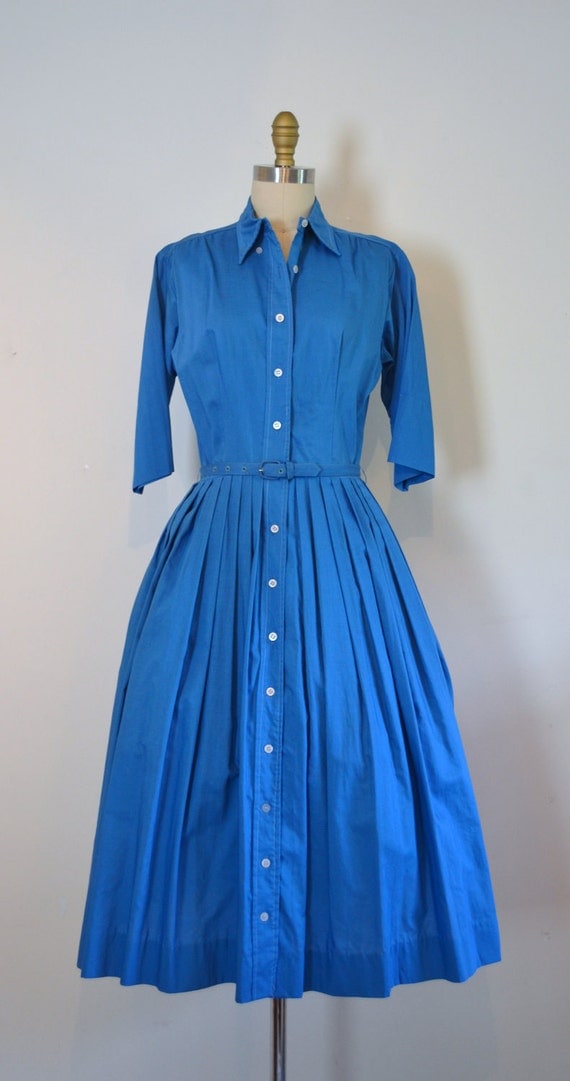





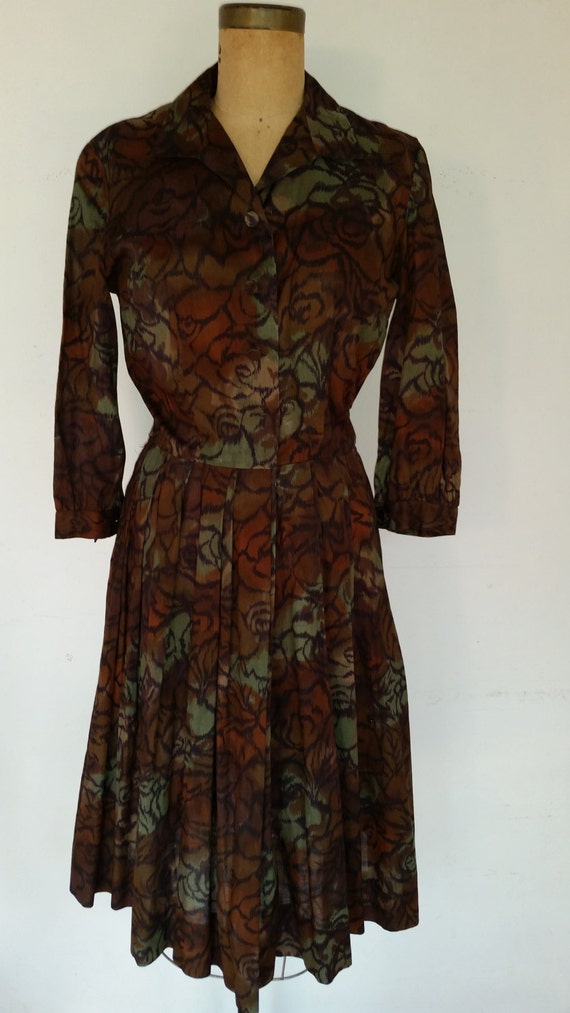



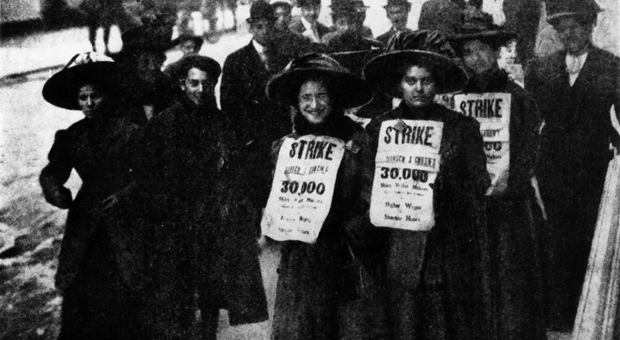
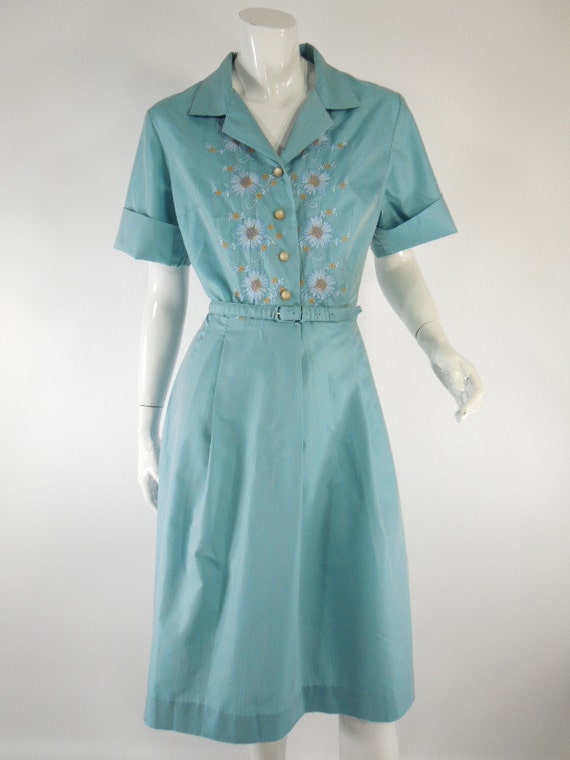


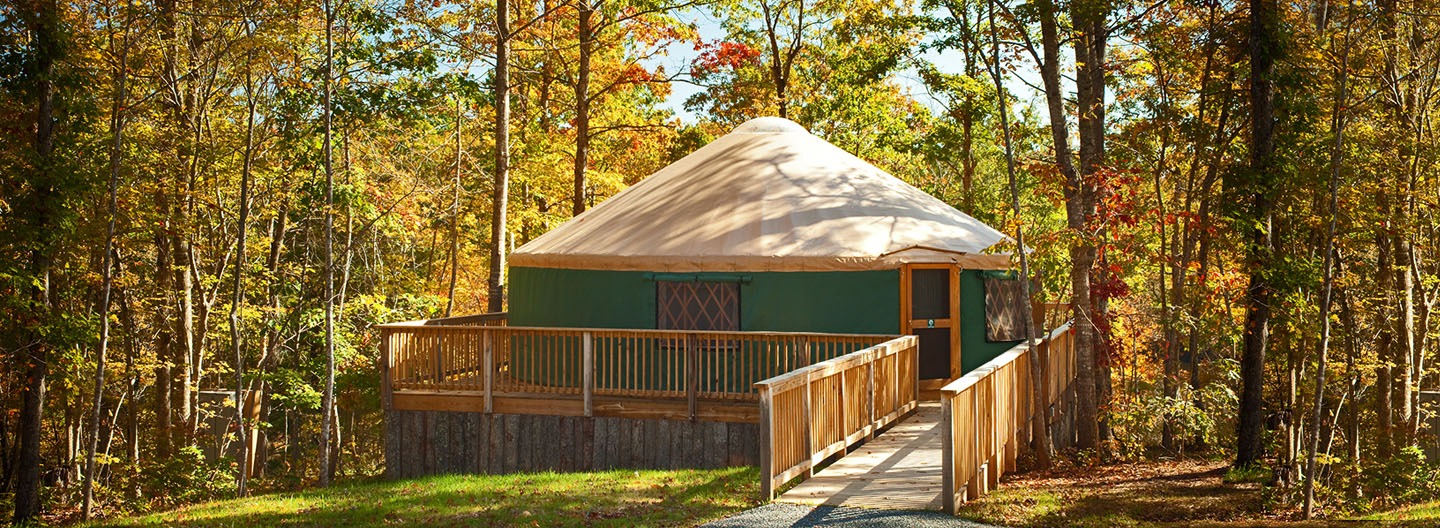



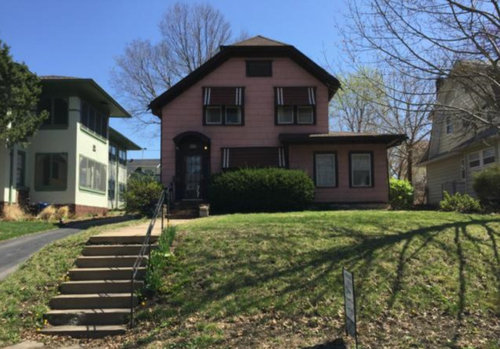




No comments:
Post a Comment
Note: Only a member of this blog may post a comment.